In the wild, survival is often thought to be an individual battle, with animals fighting for food, territory, and dominance.
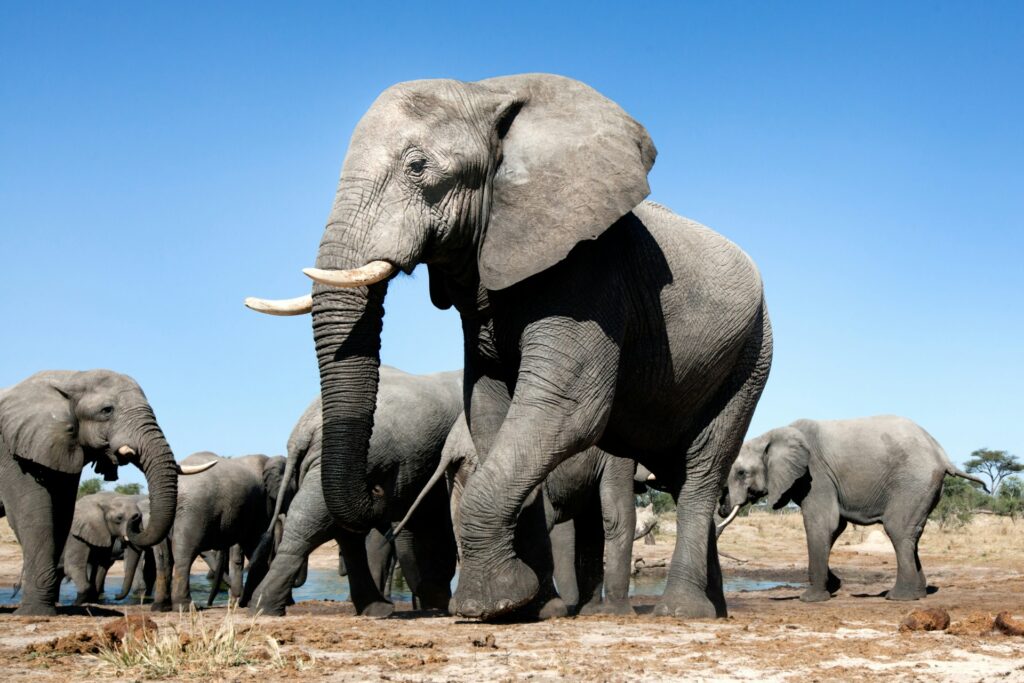
However, many species rely on deep family bonds to thrive, offering care, protection, and emotional support to their relatives. These connections go far beyond simple survival instincts—some animals show lifelong loyalty, cooperative parenting, and even grief when a family member is lost. From affectionate primates to fiercely devoted birds, these animals prove that family matters just as much in the animal kingdom as it does for humans.
Elephants form lifelong family units.
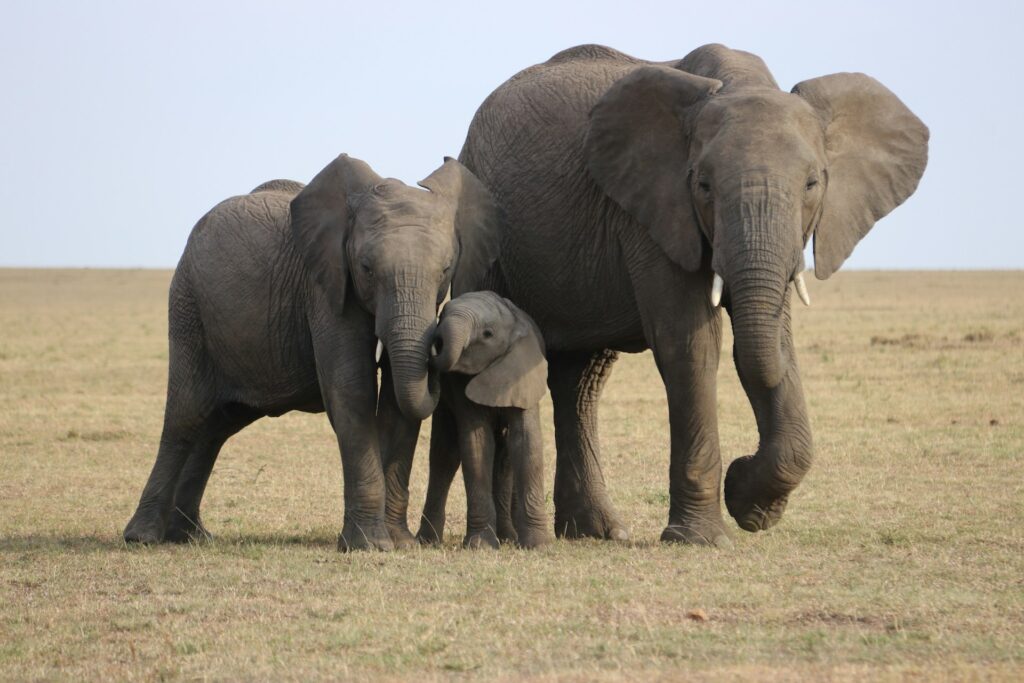
Elephants are among the most socially complex animals, forming tight-knit family groups led by an experienced matriarch. Female elephants stay with their family for life, raising calves together, teaching survival skills, and protecting one another from predators.
Their bonds are so strong that they show deep distress when a member of their herd dies. Elephants have been observed returning to the bones of deceased relatives, touching them with their trunks and sometimes even covering them with leaves and dirt. These behaviours suggest an emotional connection that goes beyond mere survival, showing genuine grief and remembrance.
Wolves raise their pups in cooperative packs.
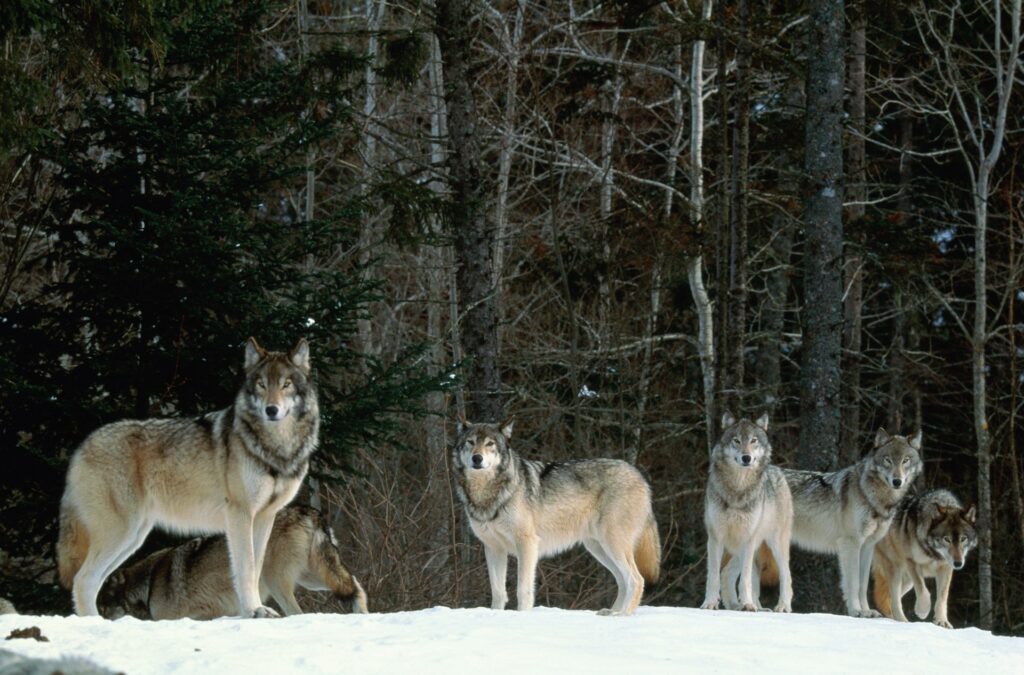
Wolves are known for their strong family structures, living in packs that function much like a well-organised household. Within a pack, only the dominant male and female usually breed, but all members contribute to raising the pups. Older siblings help feed and protect younger ones, and the entire pack works together to hunt and defend their territory.
This cooperative approach strengthens the pack, ensuring that even the youngest or weakest members have a better chance of survival. Wolves also form deep social bonds with their packmates, showing excitement when reunited and even mourning lost members with howls and behavioural changes.
Orcas stay with their mothers for life.
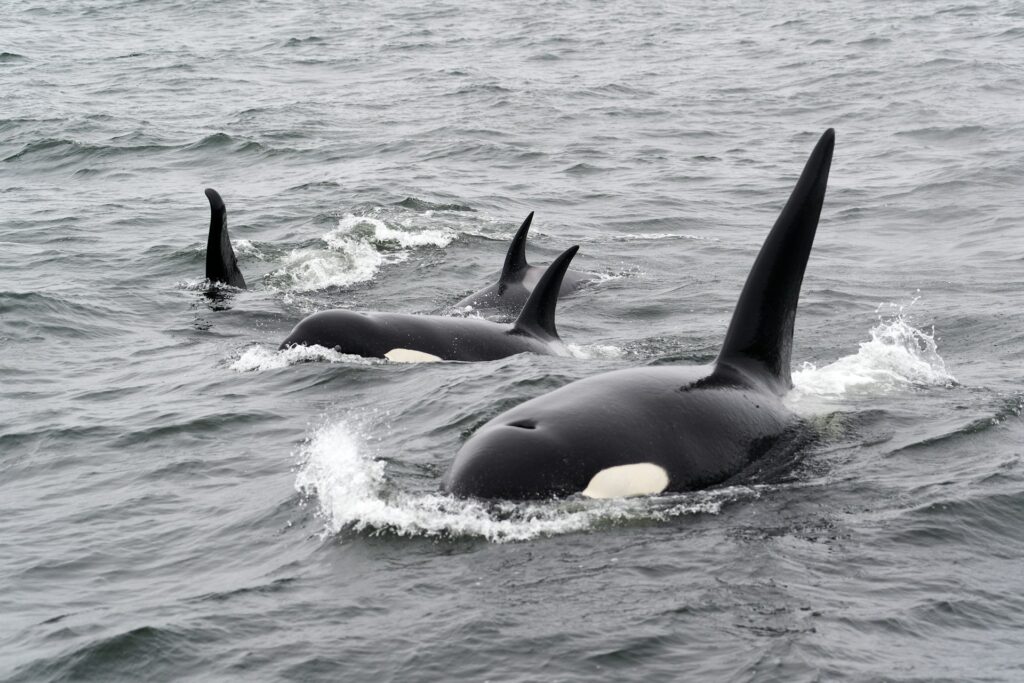
Killer whales, or orcas, have one of the strongest family bonds in the animal kingdom. Unlike most mammals, male orcas remain with their mothers for their entire lives, forming multigenerational pods that travel, hunt, and communicate together.
These family units use complex vocalisations to stay connected, and older females, especially grandmothers, play a vital role in guiding younger generations. Studies have shown that orca grandmothers help their pods survive by sharing hunting knowledge and leading them to food sources, proving that wisdom is passed down through generations.
Prairie dogs warn their families about danger.

Prairie dogs may be small, but their family bonds are incredibly strong. These burrowing rodents live in close-knit colonies where relatives share responsibilities, such as watching for predators and caring for young.
One of their most fascinating traits is their sophisticated alarm system. Prairie dogs use specific calls to warn their family members about approaching threats, and they can even describe the size, speed, and type of predator nearby. This level of communication ensures that their entire community stays safe.
Gibbons mate for life and raise their young together.
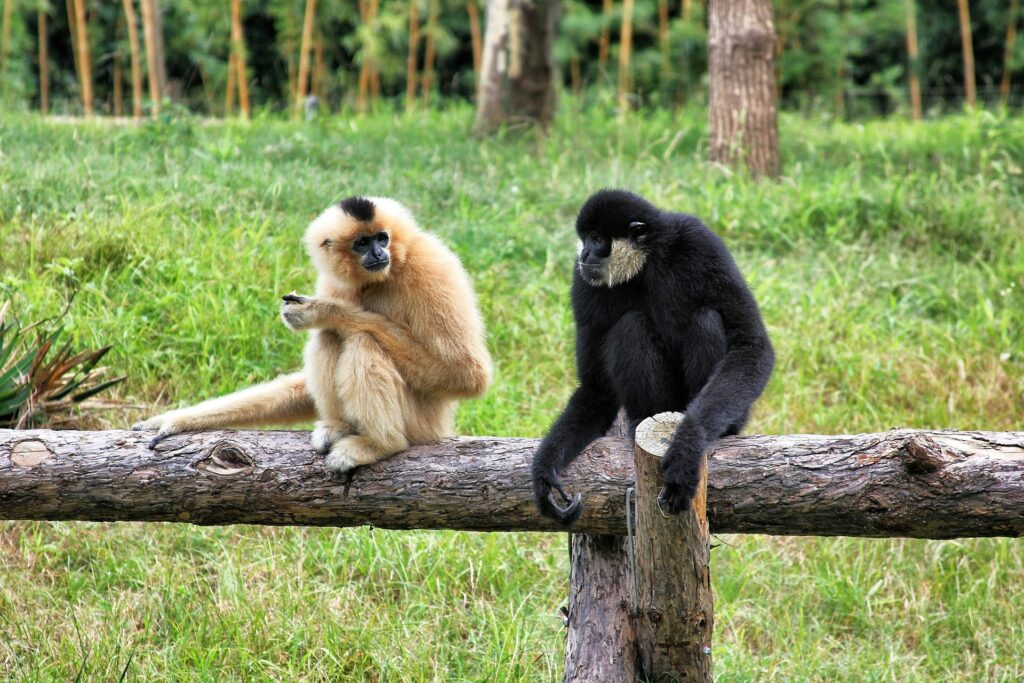
Unlike most primates, gibbons form monogamous pairs that stay together for life. These bonded pairs raise their offspring together, sharing parental duties and maintaining strong family connections. They communicate through complex vocal duets, singing together to strengthen their bond and mark their territory.
Their strong pair bonds make them unique among primates, as many other species have more fluid or polygamous social structures. Gibbons’ dedication to their mates and offspring proves that lasting relationships are not exclusive to humans.
Crows and ravens have close family ties.

Crows and ravens are not only highly intelligent, but also deeply family oriented. Young crows often stay with their parents for years, helping raise their younger siblings and learning essential survival skills before venturing out on their own.
These birds also recognise and remember family members, showing excitement when reunited. Studies suggest that crows even mourn the loss of their relatives, gathering around deceased family members in what appears to be a form of “funeral” behaviour.
Meerkats work together to raise their young.

Meerkats live in highly cooperative family groups called mobs, where members take turns keeping watch for predators, foraging for food, and babysitting the young. Within the group, there is usually a dominant breeding pair, but all members contribute to raising the pups.
One of the most remarkable aspects of meerkat society is their teaching behaviour. Older meerkats actively train the young on how to hunt and handle dangerous prey, such as scorpions. This cooperative effort helps ensure that the entire group thrives.
Albatrosses form lifelong partnerships.
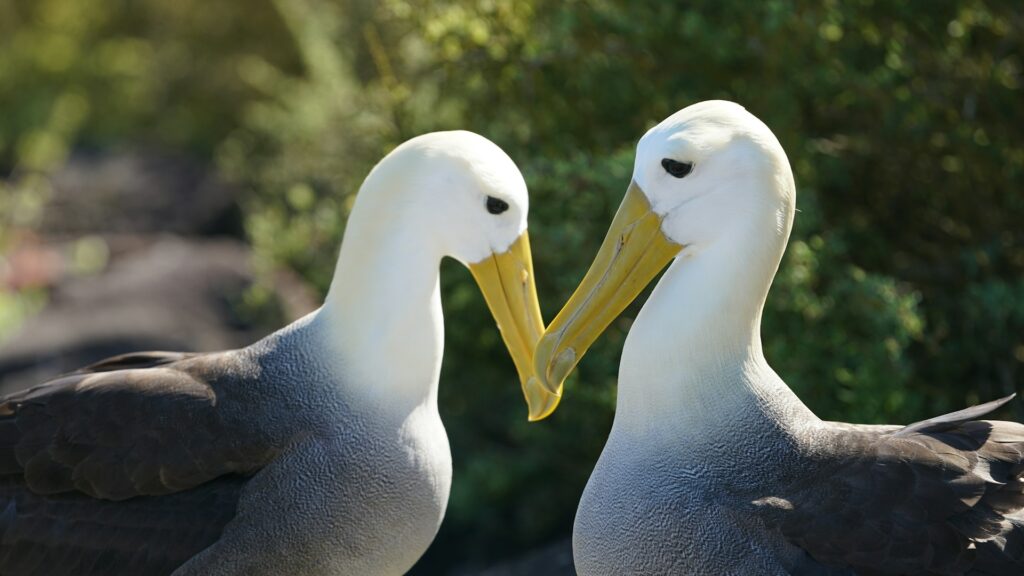
Albatrosses are known for their incredible loyalty to their mates. These seabirds form monogamous pairs that last a lifetime, raising their chicks together and returning to the same nesting sites year after year. Their courtship rituals involve complex dances, vocalisations, and displays that strengthen their bond.
This level of commitment is rare in the animal kingdom, especially among birds. By working together as devoted parents, albatrosses give their offspring the best possible chance of survival in the harsh conditions of the open ocean.
Bonobos resolve conflicts through affection and cooperation.
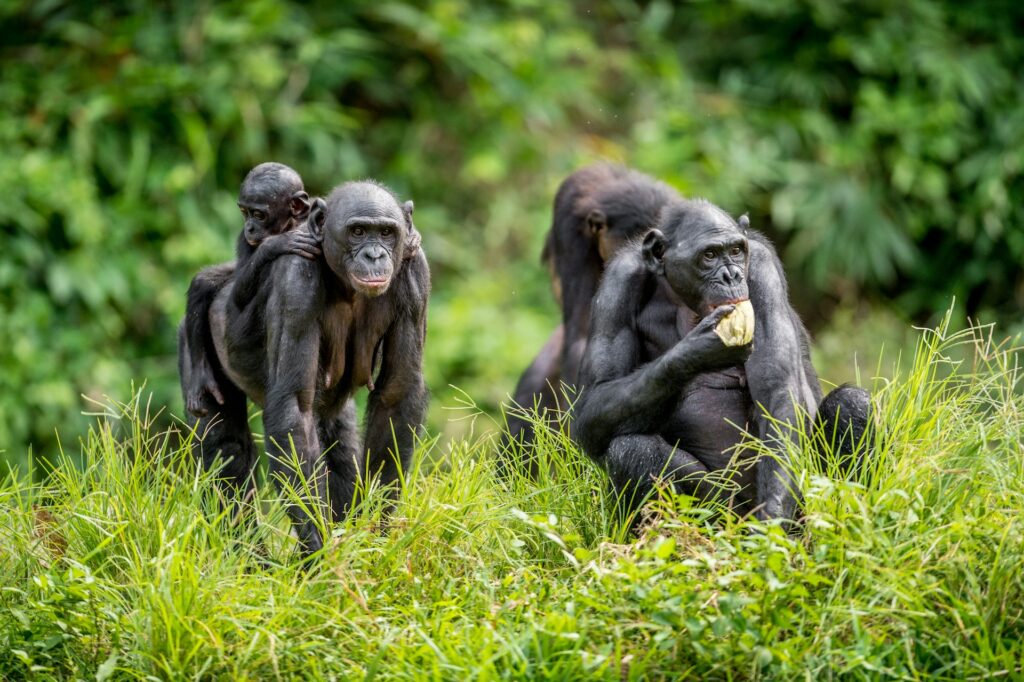
Bonobos, close relatives of chimpanzees, have a unique approach to social bonding. Instead of using aggression to establish dominance, they rely on cooperation, affection, and social grooming to maintain harmony within their groups.
Female bonobos play a leading role in keeping peace, forming strong alliances with one another to prevent violence and ensure the well-being of their young. These highly intelligent primates prove that survival isn’t always about competition—sometimes, strong family bonds and mutual support lead to a more successful society.
Beavers build homes and raise families together.

Beavers are nature’s engineers, working together in family units to build dams and lodges that provide shelter and protection. A typical beaver family includes a monogamous pair and their offspring, with older siblings staying to help raise the younger ones before eventually leaving to start their own families.
These strong family bonds are essential for survival, as beavers rely on teamwork to maintain their lodges and store food for the winter. Their dedication to cooperation ensures that their homes remain safe and functional for generations.
Baboons protect their family members from threats.
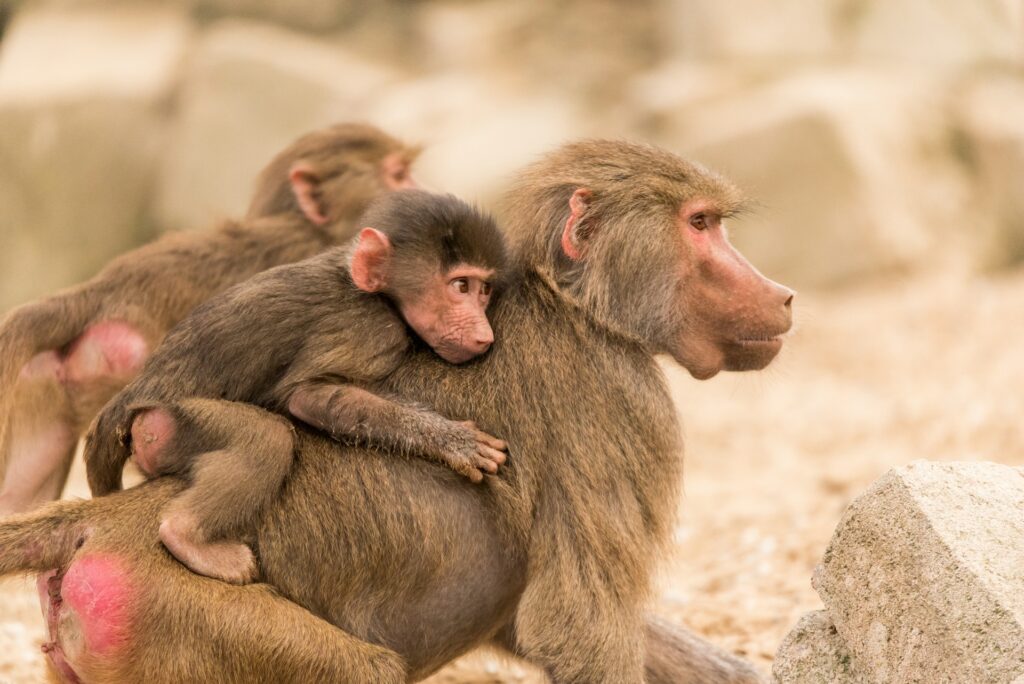
Baboons have complex social structures, with strong bonds forming between family members, particularly between mothers and their offspring. Males often form alliances to protect their relatives from threats, such as predators or rival troops.
These protective instincts extend to adopted relationships as well—some baboons have been observed caring for orphaned young, ensuring that no member of their group is left vulnerable. Their loyalty and commitment to their family unit show that emotional connections in the wild can be just as strong as those in human societies.
Strong family bonds are key to survival in nature.
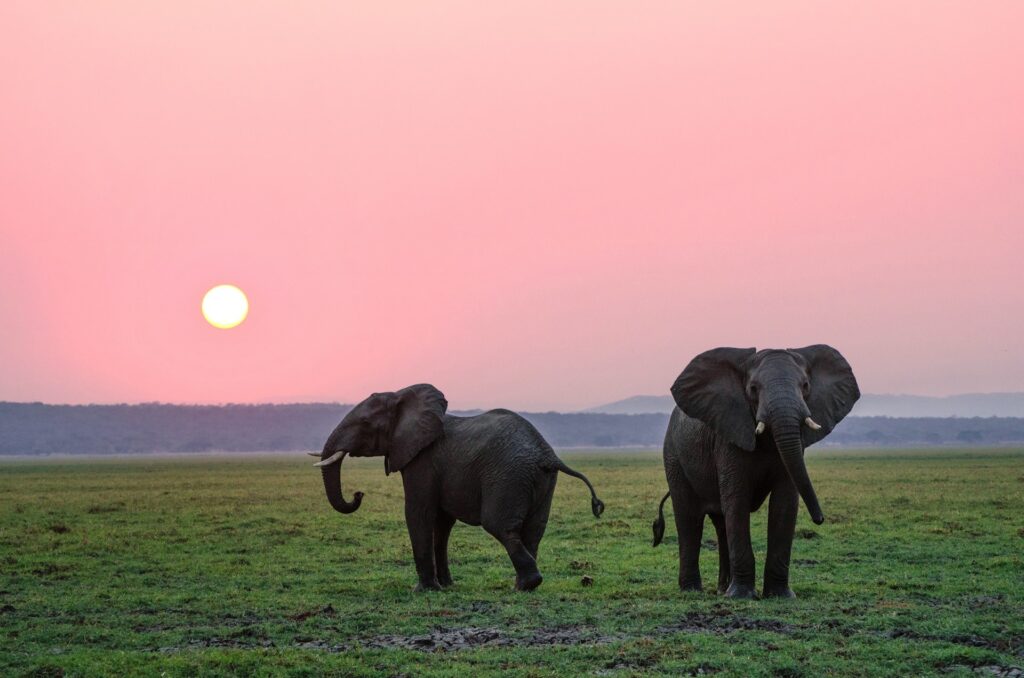
While the wild is often thought of as a place where only the strongest survive, these animals prove that family connections play a crucial role in thriving. Whether through cooperative parenting, lifelong partnerships, or even mourning lost loved ones, these species demonstrate that intelligence, empathy, and social bonds are just as important as physical strength.
The more we learn about the emotional and social lives of animals, the clearer it becomes that they experience deep connections in ways that are strikingly similar to our own. These incredible examples challenge the idea that survival is purely about competition, reminding us that, in many cases, love and loyalty are just as essential for success in the animal kingdom.